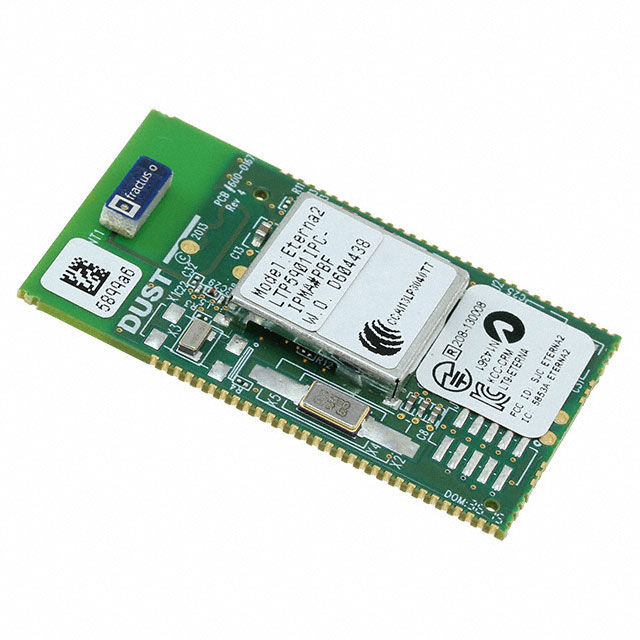How Do RCD Testers Protect Lives in Electrical Systems?
- joddiemarshall6
- Jul 21
- 4 min read
Understanding the Role of RCD Testers
Residual Current Devices (RCDs) are a key line of defence in electrical systems, preventing potentially fatal electric shocks and reducing fire risks. But how do you know your RCD is functioning correctly? That’s where RCD testers come in. These essential tools simulate fault conditions and verify the reliability of RCDs in domestic, commercial, and industrial environments.
An RCD tester enables professionals to verify that the device responds promptly when leakage currents occur. It verifies not just functionality but also compliance with legal and safety standards—making it a must-have for any responsible electrical testing routine.
What Makes RCD Testers a Vital Safety Tool?
RCD testers simulate real-world leakage conditions, which helps verify whether the device trips at the correct current and within the required time frame. This proactive testing can prevent electrocution, damage to equipment, and electrical fires before they occur.
Key Advantages of Using RCD Testers
Prevent serious accidents due to faulty RCDs
Ensure devices trip at the right speed and current threshold.
Verify compliance with national and international safety standards.
Detect slow tripping or complete failure in older or damaged RCDs
Reduce liability risks for electricians and businesses
How RCD Testers Operate
RCD testers work by introducing a controlled leakage current between the live and earth conductors in a circuit. If the RCD is functioning correctly, it should disconnect power quickly—usually within 200 milliseconds, depending on the type of device.
During testing, the RCD tester will display the trip time and the current at which the device activated. This data enables technicians to determine whether the RCD meets performance standards or requires replacement.
Steps Involved in RCD Testing
Connect the tester to the relevant circuit or socket.
Set the current level based on the RCD’s rating (e.g., 30mA)
Choose the test type (standard, ramp, or x5)
Activate the test and observe the trip response.
Record the measurements for compliance records.
Different Types of RCD Testers and Their Use Cases
Various types of RCD testers are available depending on the nature of the work. Selecting the right model ensures accurate diagnostics and efficient workflow.
Basic Plug-In RCD Testers
Ideal for domestic electricians and home users
Quickly checks if the RCD trips.
No advanced diagnostics, but easy to operate
Professional RCD Testers
Suitable for industrial and commercial installations
Offer accurate timing, ramp testing, and multiple current settings.
Often includes memory storage for test data
Multifunction Electrical Installation Testers
Combine RCD testing with insulation, loop impedance, and voltage testing to ensure comprehensive electrical safety.
Reduce the number of tools needed.
Designed for advanced testing and detailed reporting
Features to Consider When Choosing an RCD Tester
Choosing an RCD tester involves evaluating your specific testing needs; however, some core features can significantly enhance testing reliability and ease of use.
Must-Have Features
Compatibility with various RCD types (AC, A, S, and selective)
Auto test sequences for quick workflows
Clear digital display for time/current readings
Portable and durable casing
Low battery indicator and self-test function
Option for storing test results
Where Are RCD Testers Most Commonly Used?
RCD testers find applications in nearly every environment where electricity is present. Their primary purpose is to ensure that all RCDs installed in these areas work correctly to prevent harm or damage.
Domestic Installations
Test bathroom and outdoor power circuits
Check kitchen outlets prone to moisture exposure.
Ensure child safety in high-risk areas.
Commercial Spaces
Regular maintenance in offices, shops, and public buildings
Validation of safety compliance for tenants and clients
Risk assessment and audit readiness
Industrial Facilities
Essential for factories, warehouses, and data centres
Detect early failures in high-load circuits.
Avoid unexpected outages or safety incidents.
Importance of Regular Maintenance and Calibration
Even the most advanced RCD tester will provide inaccurate results if not properly maintained. Regular calibration ensures the device remains trustworthy and that readings are within accepted tolerances.
Maintenance Tips for RCD Testers
Store in a weather-resistant and padded case
Clean connectors and test leads regularly.
Avoid using in extreme temperatures or wet conditions
Calibration Guidelines
Calibrate annually with a certified laboratory
Keep calibration records for audits and compliance reports.
Compare the device against a known standard before each test session, if possible.
Legal and Compliance Considerations
Regulations such as BS 7671 and IEC standards require that RCDs be tested regularly to ensure safety. Failing to test can result in legal consequences, particularly in commercial or rental properties.
Compliance Benefits of RCD Testers
Ensure installations meet legal standards.
Help prevent fines and insurance claim denials.
Provide documented proof of due diligence in safety testing.
Align with best practices for electrical maintenance
Conclusion: The True Value of RCD Testers in Safety-First Installations
When it comes to electrical safety, prevention is always better than a cure. RCD testers serve as your first line of defence in identifying unsafe circuits and non-functional protective devices. Investing in a reliable RCD tester not only fulfils your legal obligations but also actively protects lives and property.
Whether you’re a homeowner, contractor, or industrial technician, keeping a trusted RCD tester in your toolkit is a wise, safety-focused decision. With advanced features, accurate diagnostics, and wide applications, these testers are more than just tools—they’re lifesavers.



Comments